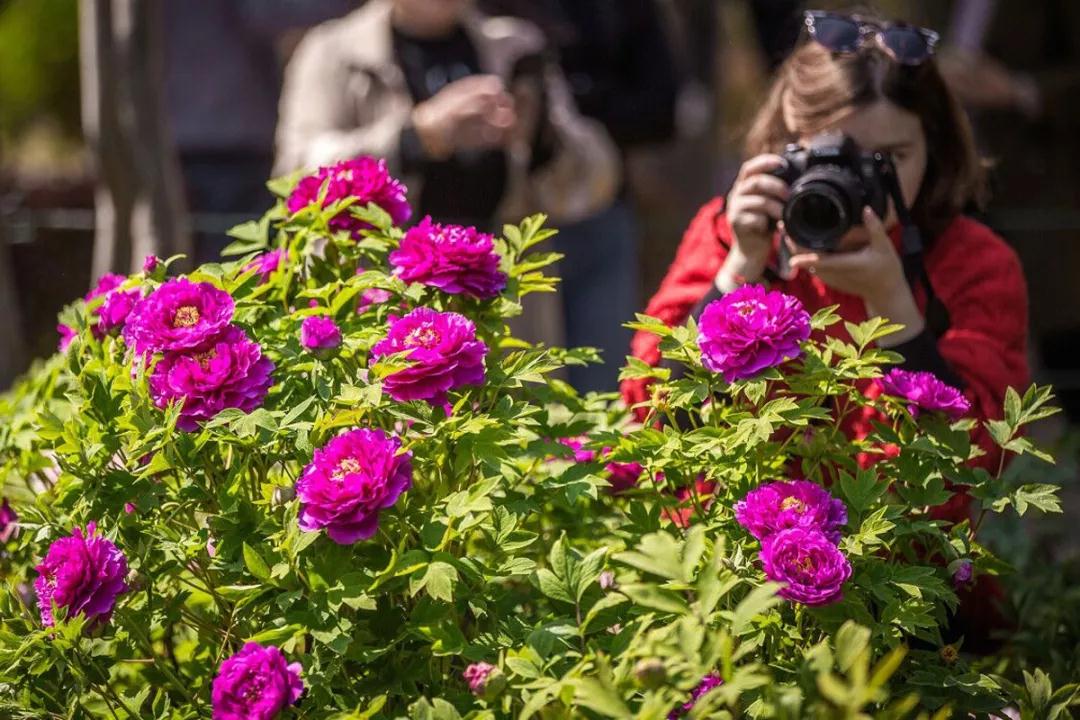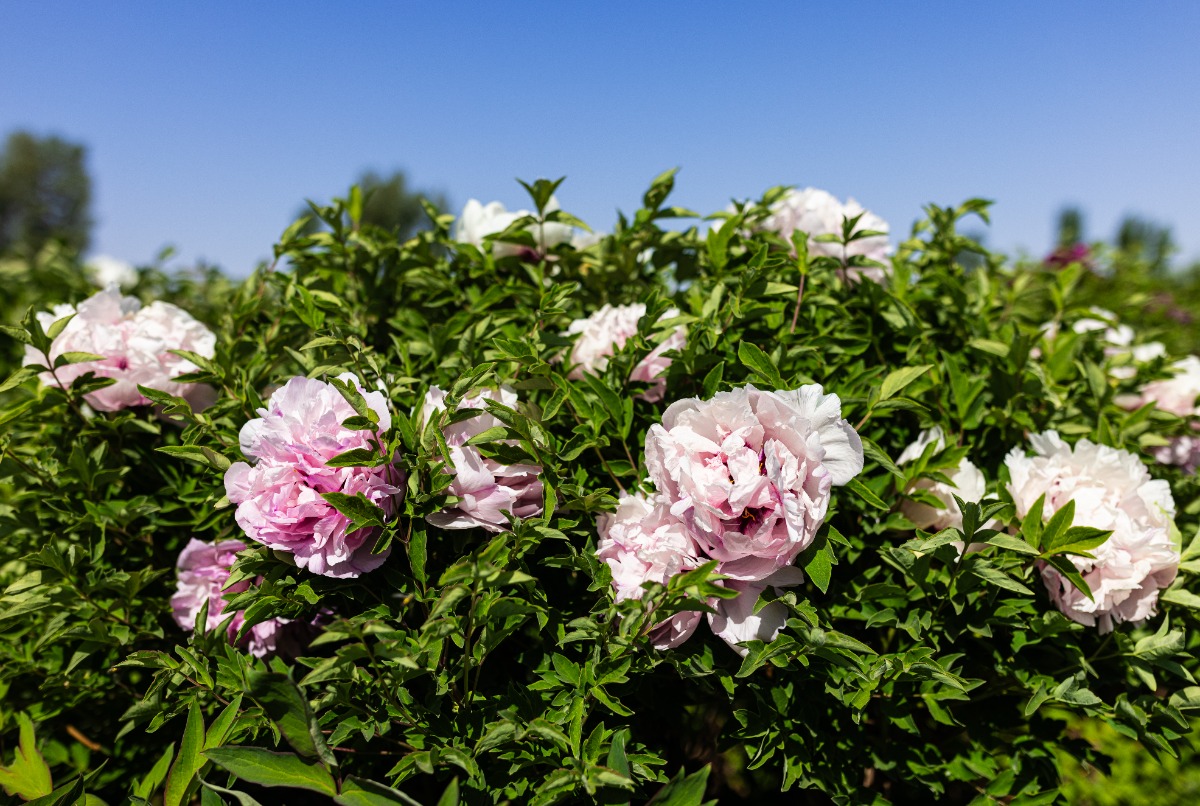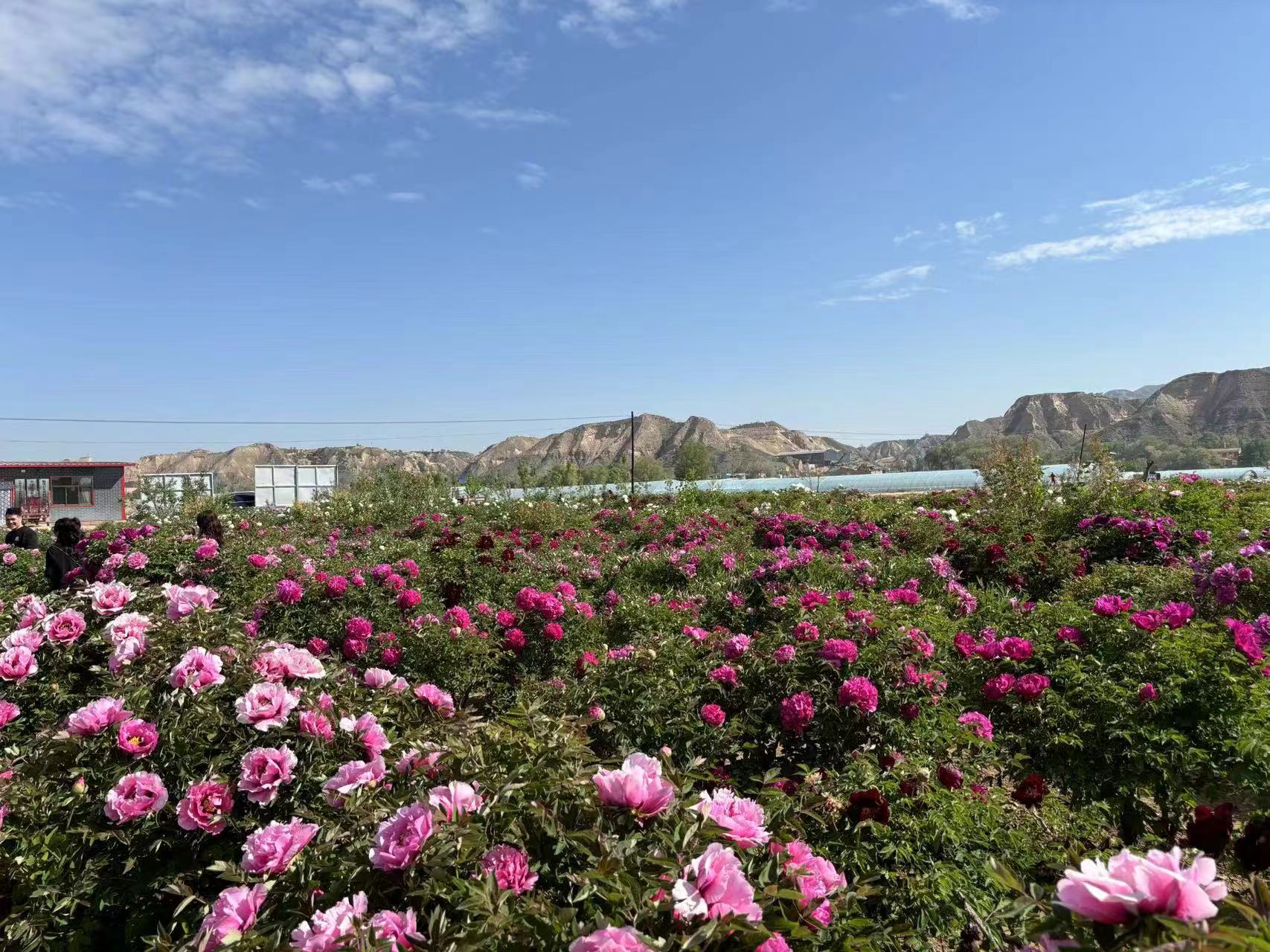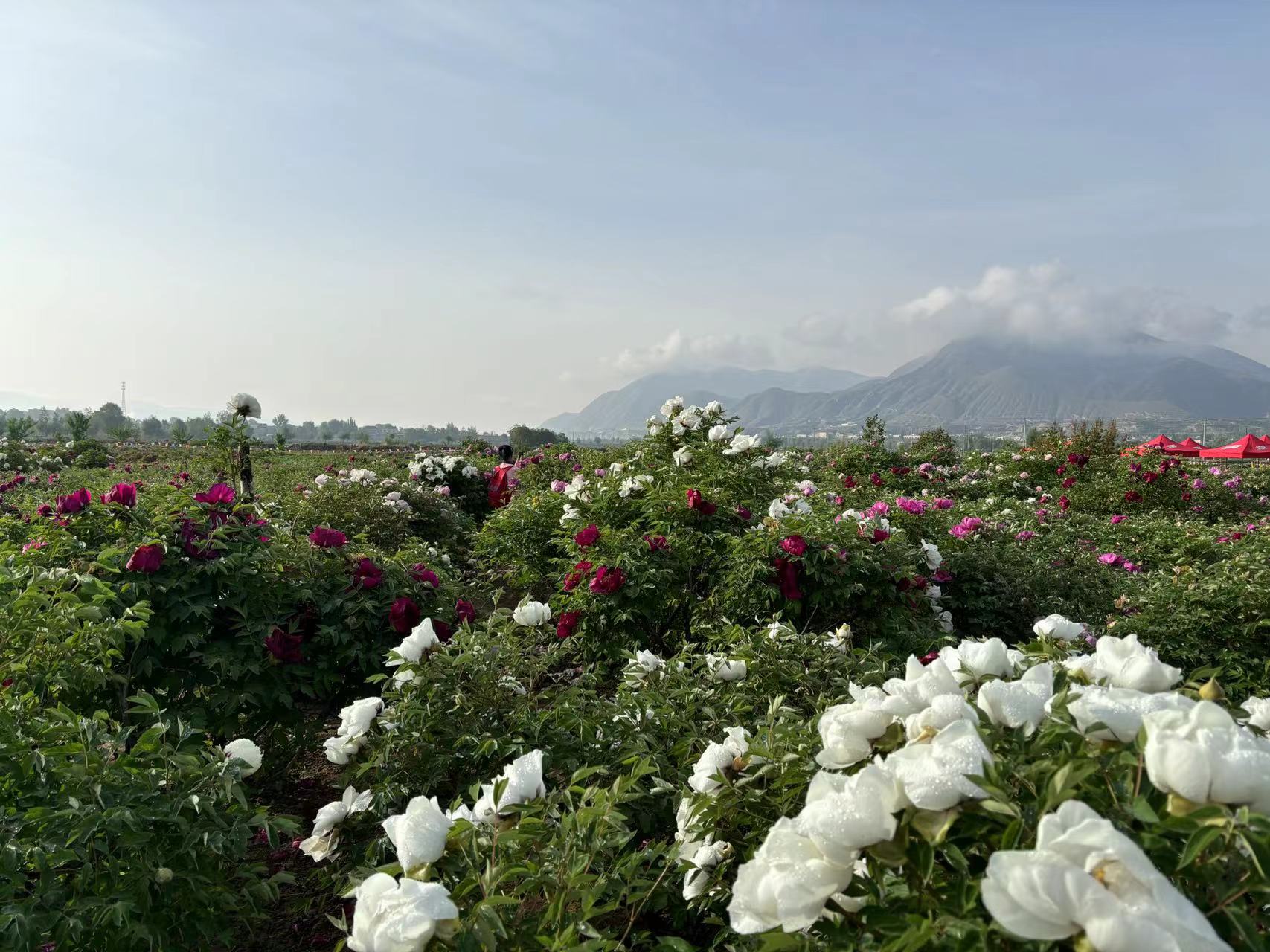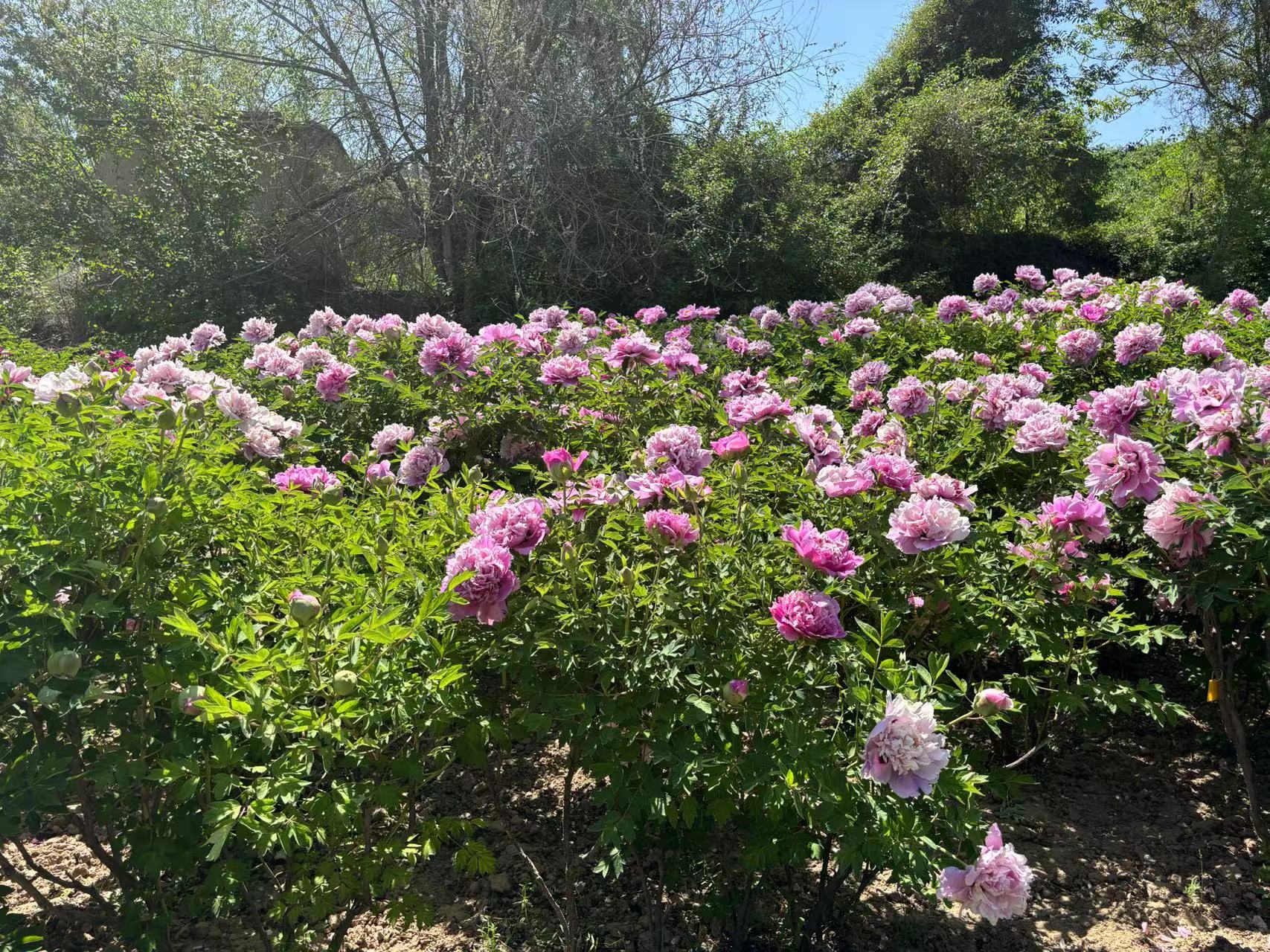Autumn is the best season to plant Gansu peony (Paeonia rockii), no doubt about it! This is determined by the biological characteristics of tree peony.
Why is autumn the best time to plant paeonia rockii?
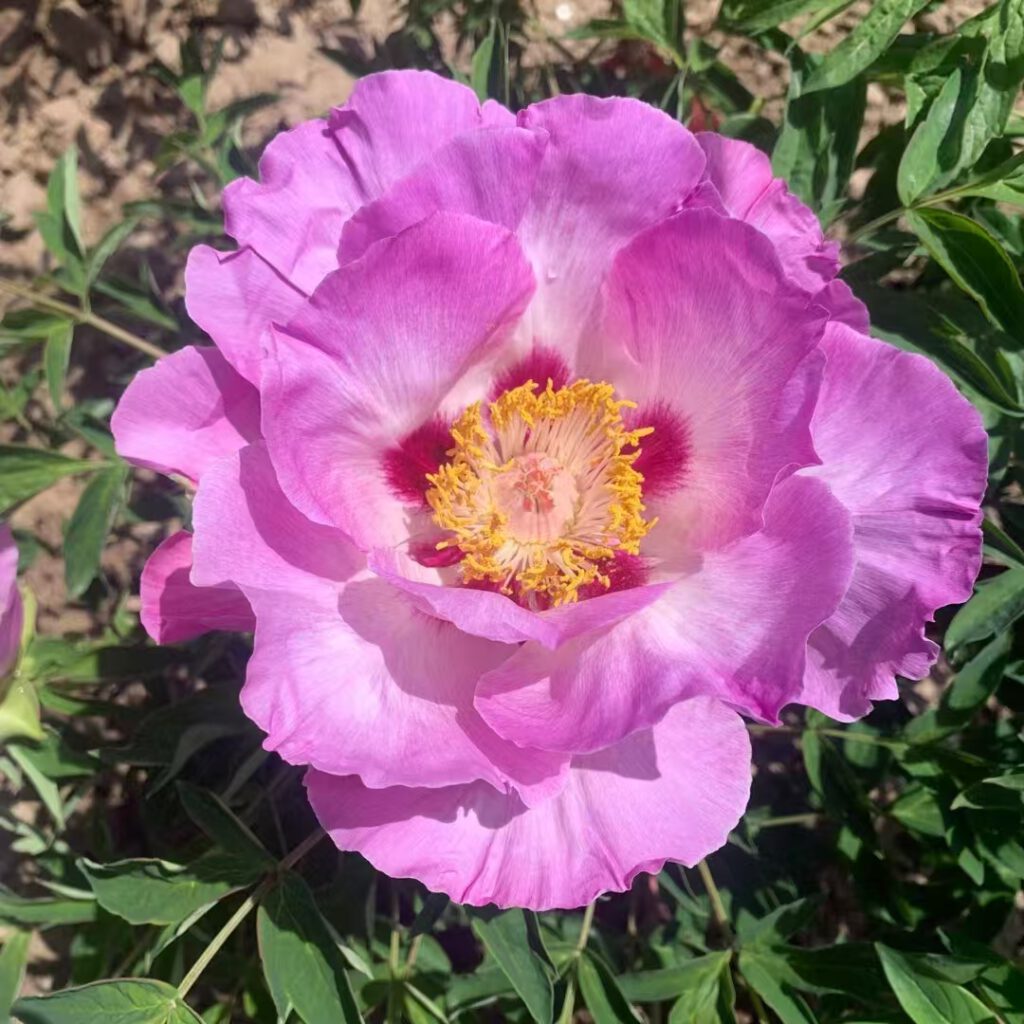
- Root recovery and growth: tree Peony is a fleshy root plant. In autumn, the temperature gradually decreases, and the aboveground part stops growing or grows slowly, but the soil temperature is still suitable (warm but not hot), and transplanting at this time will cause the least damage to the plant. After transplanting, the damaged roots can have enough time to heal the wound in the soil before winter, and sprout new absorbing roots (capillary roots) to reserve energy for growth and flowering in the spring of the following year. This is an unmatched advantage of spring planting.
- Meet the needs of vernalization: rockii Peonies (including Gansu peonies) need to experience a certain period of low temperature (winter dormancy) to complete flower bud differentiation and vernalization to ensure normal flowering next year. After planting in autumn, the plants can naturally experience the low temperature process throughout the winter to meet their physiological needs.
- Avoid spring growth interference: Spring is the season for rapid germination, leafing and flowering of tree peonies. Transplanting at this time will seriously damage the new tree roots and buds, greatly consume the nutrients stored in the plants, and lead to poor growth, no flowering or even death.
- Water management: Rainfall usually increases relatively, the air humidity is also higher, the soil moisture is better, and the evaporation is reduced, which is conducive to keeping the roots of newly planted peonies moist, promoting recovery, and reducing watering pressure.
Specific time for planting Gansu peonies in autumn
- Optimal window period: Usually from mid-September to the end of October (around frost).
- Key principles:
◦ Early rather than late: Before the soil freezes, leave at least 4-6 weeks (or even longer) for the roots to recover and grow new roots. The better the root system recovers, the more secure it is to survive the winter and grow next year.
◦ Reference landmark: The local soil is not frozen yet, but the temperature has cooled significantly (the average daily temperature is stable below 15°C or even lower), and the trees begin to shed their leaves.

